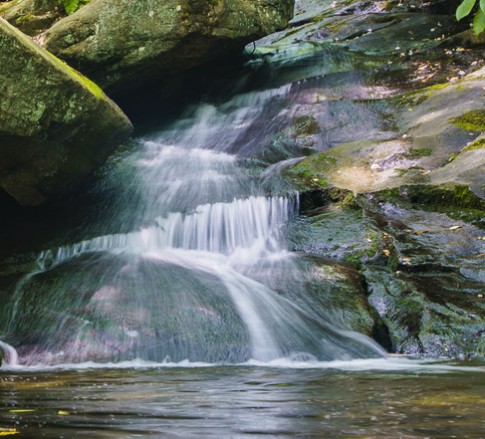Comments Suggest Room for Improvement for EPA Study with Positive Outlook on Fracing and Drinking Water
September 21, 2015
By: Matthew S. Tyree
In early June, EPA released its draft report assessing the potential impacts of hydraulic fracturing for oil and gas on drinking water resources. The comment period recently ended in late August. EPA’s study was met with general applause from the oil and gas industry as EPA ultimately found that hydraulic fracturing activities have not led to widespread, systematic impacts to drinking water resources. While industry groups agree with EPA’s conclusion, their comments point out several flaws needing addressed.
The Pennsylvania Independent Oil & Gas Association (“PIOGA”) was among the industry groups agreeing with EPA’s conclusion but noting some flaws with the study itself.
The biggest flaw highlighted by PIOGA was the inability of the study to focus on hydraulic fracturing-related activities. Instead, the study addresses many issues indirectly related to hydraulic fracturing such as surface activities (e.g., accidental spills). The only activity examined by the study directly related to “hydraulic fracturing” is the well injection stage of the water cycle. The remaining activities examined are only indirectly related to hydraulic fracturing: water acquisition; chemical mixing; flowback and produced water; and wastewater treatment and waste disposal. PIOGA suggests that, at the least, the final report’s title be expanded to acknowledge the broad depth of hydraulic fracturing activities examined by the study.
PIOGA also commented that the report relies too heavily on broad terminology. In particular, while the report purports to examine all types of oil and gas bearing formations which are subject to hydraulic fracturing, it almost exclusively focuses on shale (or unconventional) oil and gas formations. PIOGA recommends additional clarification or limiting the report to shale formations.
While some of the flaws noted by PIOGA could be corrected by simple clarification, some directly relate to EPA’s use of information (or lack thereof). PIOGA commented that the report inappropriately relies on information gaps as a crutch to allege potential unknown impacts. For instance, the report acknowledges that there is no evidence that hydraulic fracturing has caused a water well or stream to go dry, but declined to conclude that the risk of such impacts are low. Instead, the report concluded that the potential for this to happen is “unknown.”
PIOGA also took issue with EPA’s blurring of potential impacts to water resources from hydraulic fracturing with potential impacts to water resources due to gas migration. PIOGA explained that there is no apparent link between gas migration and hydraulic fracturing. Gas migration can occur in oil and gas wells that are not hydraulically fractured, and can also occur during drilling of a well—both oil and gas wells and water wells. PIOGA suggested that relating gas migration to hydraulic fracturing is inappropriate in this report.
While the oil and gas industry was generally supportive of EPA’s report (despite pointing out certain flaws), many commenters had much harsher criticisms. The EPA Science Advisory Board will hold a public meeting and three teleconferences to conduct a review of the draft report. The public teleconferences will be held from 12 p.m. to 5 p.m. (Eastern Time) on the following dates: Wednesday September 30, 2015; Thursday October 1, 2015; and Monday October 19, 2015. The public meeting will take place October 28 through 30, 2015.
A copy of the draft study can be viewed here.
This article was authored by Matthew S. Tyree, Jackson Kelly PLLC



